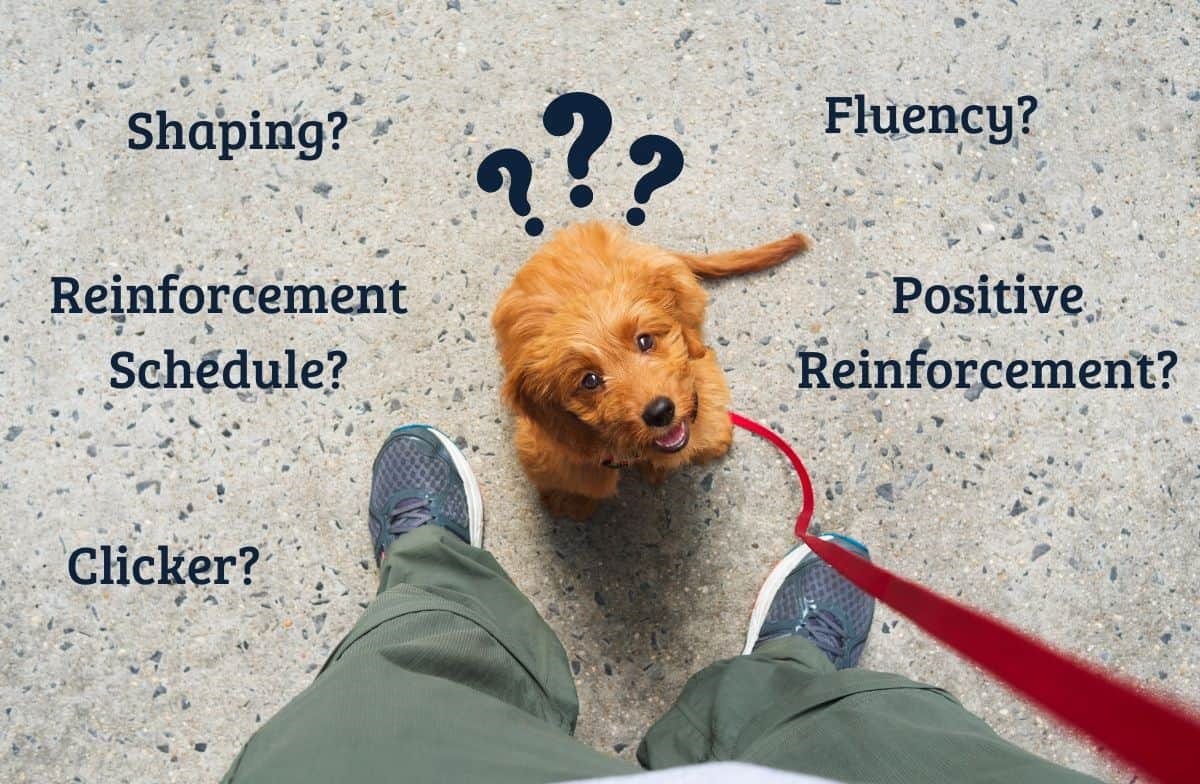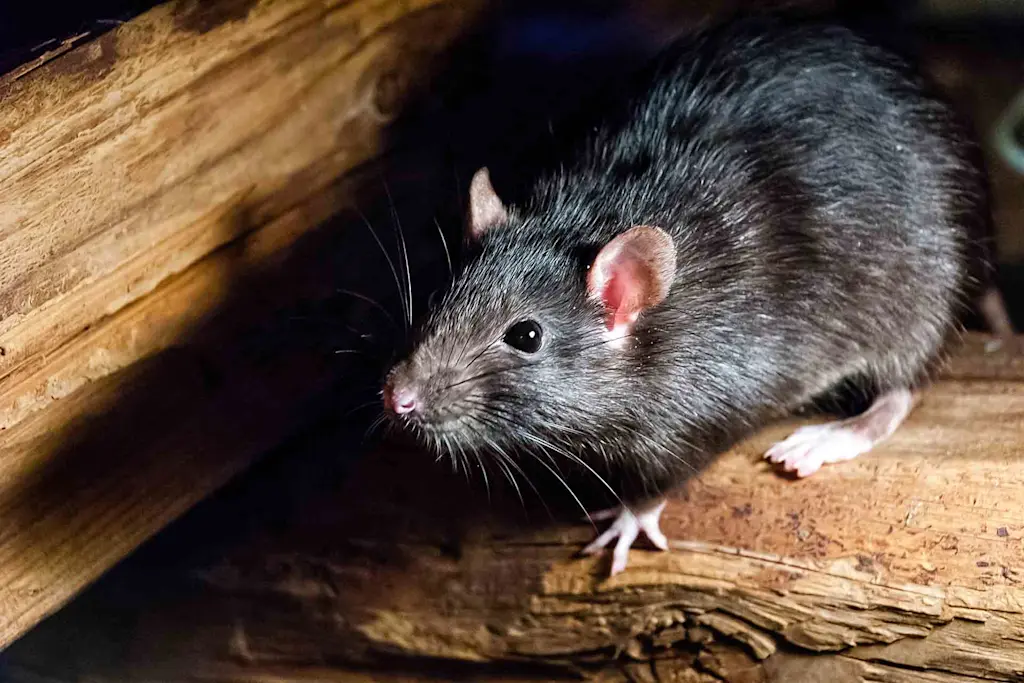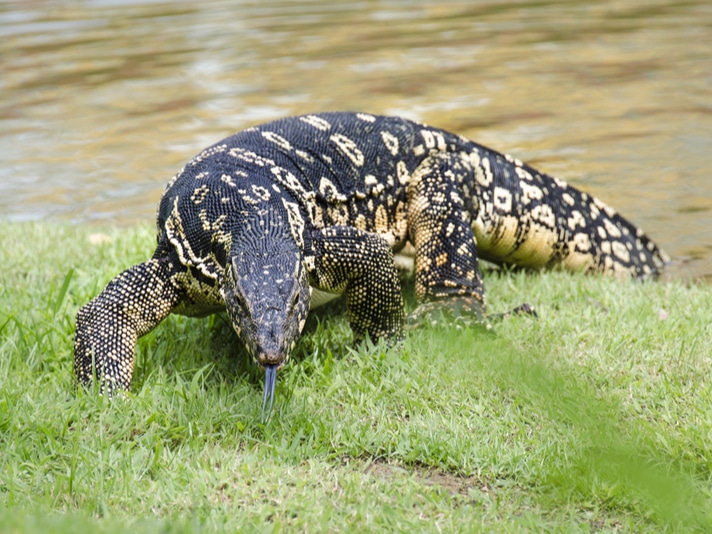Teaching your pet to pose for photos can be a fun and rewarding experience for both you and your pet. With patience, consistency, and positive reinforcement, you can help your pet become a pro at posing for the camera. Here’s a comprehensive guide to help you teach your pet to pose for photos:
Step 1: Choose the Right Environment
The first step is to choose an environment where your pet feels comfortable and relaxed. This could be your backyard, a quiet room in your home, or even a favorite park. Avoid noisy or crowded areas that might distract or stress your pet.
Step 2: Prepare Your Pet
Before starting the photo session, make sure your pet is well-rested and not hungry or thirsty. A calm and content pet is more likely to cooperate during the session.
Exercise: Engage your pet in some light exercise before the session to burn off excess energy.
Treats and Toys: Have some treats and toys ready to use as rewards and distractions during the photo shoot.
Step 3: Use Positive Reinforcement
Positive reinforcement is key when teaching your pet to pose for photos.
Step 4: Teach Basic Commands
Teach your pet basic commands like “sit,” “stay,” and “down.” These commands will help you position your pet for photos.
Sit: Hold a treat above your pet’s head and move it backward towards their tail.
Down: Begin with your pet in a sitting position. Hold a treat near their chest and slowly move it down towards the ground. As they follow the treat with their nose, they will naturally lie down. Reward them with the treat and praise.
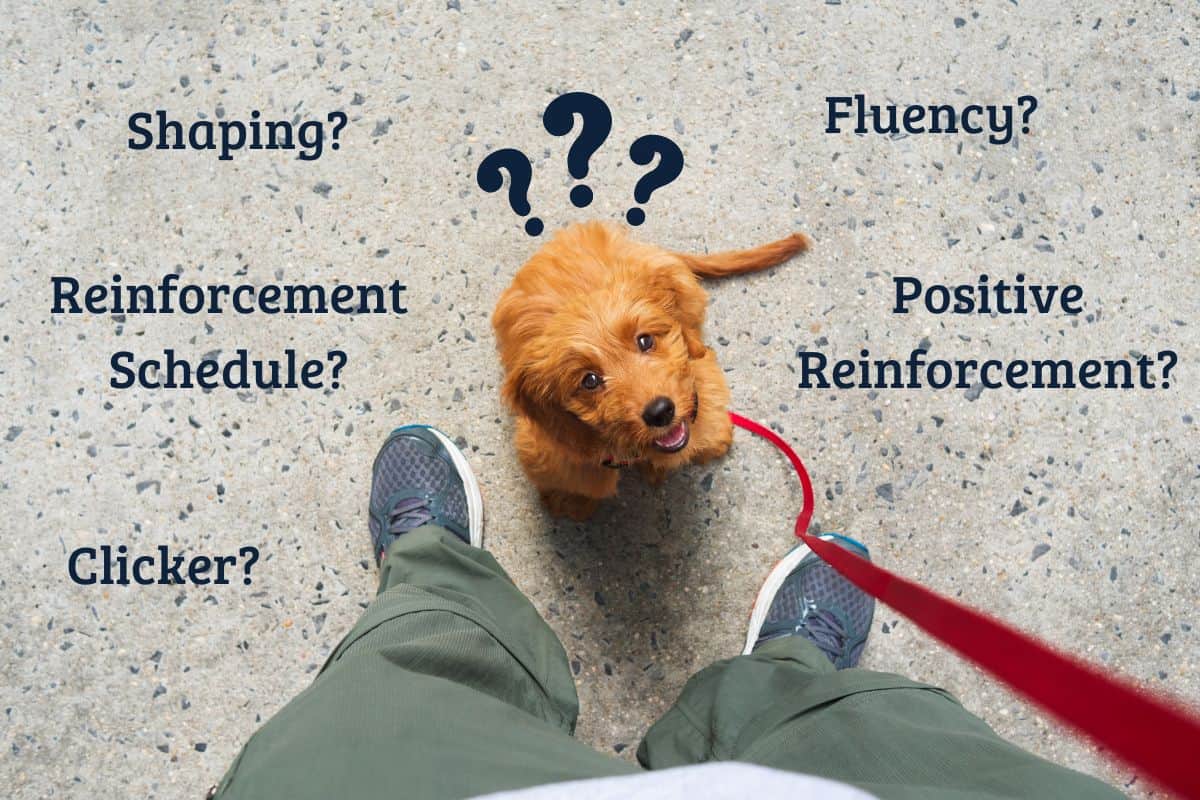
Step 5: Introduce the Camera
Once your pet is comfortable with basic commands, introduce the camera. Start by simply showing your pet the camera and rewarding them for remaining calm.
Introducing the Camera:
Gradual Introduction: Introduce the camera gradually, starting with just showing it to your pet and then progressing to taking photos.
Avoid Sudden Movements: Move slowly and avoid sudden movements that might startle your pet.
Reward Calm Behavior: Reward your pet for remaining calm around the camera.
Step 6: Practice Posing
Now that your pet is comfortable with the camera, practice posing. Start with simple poses like sitting or lying down and gradually move to more complex ones.
Practicing Posing:
Use Props: Use props like toys or treats to help guide your pet into the desired pose.
Be Patient: Be patient and allow your pet time to adjust to each pose.
Capture Candid Moments: Don’t just focus on posed shots; capture candid moments as well, as these can often be the most charming.
Step 7: Capture the Perfect Shot
To capture the perfect shot, pay attention to lighting, composition, and your pet’s expression.
Composition: Consider the background and ensure it is simple and uncluttered. Use the zoom feature to eliminate distractions if needed.
Expression: Focus on capturing your pet’s natural expression. A relaxed and happy pet makes for a great photo.
Step 8: Make It Fun
Most importantly, make the photo session fun for both you and your pet. Enjoy the process, and your pet will likely enjoy it too.
Making It Fun:
Keep Sessions Short: Keep photo sessions short to avoid overwhelming your pet.
Use Playtime: Incorporate playtime into the session to keep your pet engaged and happy.
Be Flexible: Be flexible and adapt to your pet’s mood and energy levels.
Additional Tricks for Adorable Photos
1. Paw/Wave
Teach your pet to lift their paw by holding a treat in your fist and placing it in front of them. As they try to retrieve the treat, they will naturally lift their paw. Reward them with the treat and praise.
2. Paws Up
Use a treat to guide your pet’s paws onto a surface. Reward them as soon as their paws touch the surface. Gradually introduce the command “paws up” and practice from a distance.
3. Hold
Encourage your pet to hold an object by allowing them to explore it first. Reward them for any interest in the object, then gradually increase the time they need to hold it before rewarding them.
4. Head-Tilt
Use a treat to guide your pet’s head into a tilt. Hold the treat near their ear and slowly move it towards their shoulder. As they follow the treat with their nose, their head will naturally tilt.
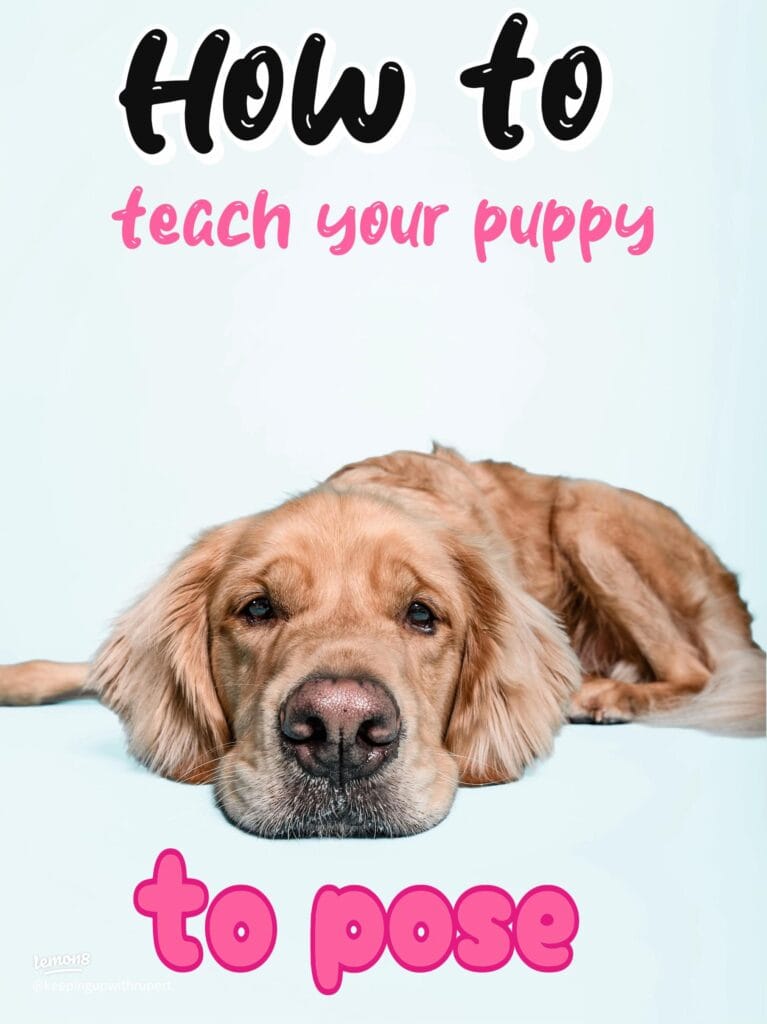
Tips for Capturing Unique Poses
1. Action Shots
Capture your pet in action, such as playing fetch or running. This can add energy and excitement to your photos.
2. Trick Poses
Incorporate tricks like “shake” or “roll over” into your photos. These can add fun and personality to your shots.
3. Owner Interaction
Include photos of you and your pet together. This can help capture the special bond between you and highlight your pet’s personality.
Conclusion
Teaching your pet to pose for photos requires patience, consistency, and positive reinforcement. By choosing the right environment, preparing your pet, using positive reinforcement, teaching basic commands, introducing the camera, practicing posing, capturing the perfect shot, and making it fun, you can help your pet become a pro at posing for photos. Remember to always prioritize your pet’s comfort and happiness during the process.
Additional Tips for Pet Photography:
Use Fast Shutter Speeds: Fast shutter speeds help freeze motion and capture sharp images, especially when photographing active pets.
Avoid Flash: Flash can be startling for pets, so it’s best to use natural light or soft artificial lighting.
Capture the Bond: Include photos of you and your pet together to capture the special bond between you.
Keep It Simple: Use simple backgrounds and minimal props to keep the focus on your pet.

